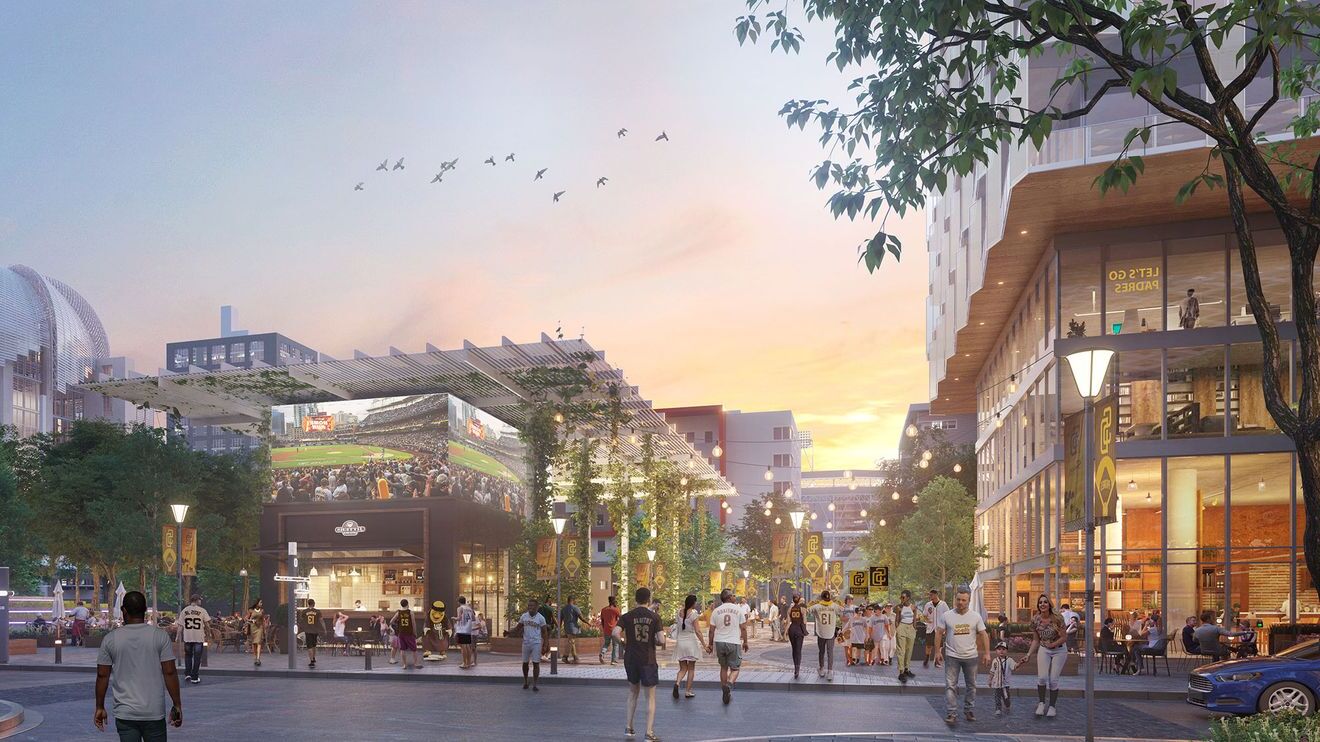
Mixed-use development is transforming urban landscapes by combining residential, commercial, and recreational spaces into one cohesive area. But what exactly makes this approach so appealing? Mixed-use developments offer numerous benefits, from reducing commute times to fostering vibrant communities. Imagine living in a place where you can work, shop, and relax without needing a car. This concept isn't just a trend; it's a solution to many urban challenges. By integrating different types of spaces, these developments create more efficient, sustainable, and enjoyable environments. Let's dive into 25 fascinating facts about mixed-use development that highlight its impact on modern living.
Key Takeaways:
- Mixed-use development combines homes, shops, and offices in one area, making it easier for people to live, work, and play without long commutes. It also helps the environment and creates vibrant communities.
- Mixed-use development brings together different spaces like homes, businesses, and public areas, making neighborhoods more lively and sustainable. But it also comes with challenges like zoning and financing.
What is Mixed-Use Development?
Mixed-use development combines residential, commercial, and sometimes industrial spaces into one cohesive area. This approach to urban planning aims to create vibrant, walkable communities. Here are some fascinating facts about mixed-use development.
-
Mixed-use developments often include a blend of housing, offices, retail spaces, and sometimes even schools or parks.
-
These developments can reduce the need for long commutes, as people can live, work, and shop in the same area.
-
Mixed-use projects can revitalize underused urban areas, turning them into bustling hubs of activity.
Benefits of Mixed-Use Development
Mixed-use development offers numerous advantages, from economic boosts to environmental benefits. Let's explore some of these perks.
-
Increased property values often result from mixed-use developments, benefiting both developers and residents.
-
These projects can lead to more efficient land use, reducing urban sprawl and preserving green spaces.
-
Mixed-use areas tend to have lower crime rates due to increased foot traffic and natural surveillance.
-
They promote healthier lifestyles by encouraging walking and cycling instead of driving.
-
Mixed-use developments can support local businesses by providing a steady stream of customers living nearby.
Environmental Impact
Mixed-use development can significantly impact the environment, often in positive ways. Here are some key points to consider.
-
Reduced vehicle emissions result from shorter commutes and increased use of public transportation.
-
These developments often incorporate green building practices, such as energy-efficient designs and sustainable materials.
-
Mixed-use areas can help manage stormwater runoff more effectively through green infrastructure like permeable pavements and rain gardens.
-
They can also support urban agriculture, with rooftop gardens and community plots providing fresh produce.
Economic Advantages
The economic benefits of mixed-use development are substantial, affecting both local economies and broader markets. Here are some highlights.
-
Job creation is a significant advantage, as mixed-use projects require construction, maintenance, and various services.
-
These developments can attract investment, boosting the local economy and encouraging further growth.
-
Mixed-use areas often have higher occupancy rates, providing a stable income for property owners.
-
They can also increase tax revenues for municipalities, funding public services and infrastructure improvements.
Social and Community Benefits
Mixed-use development fosters a sense of community and social interaction. Here are some ways it achieves this.
-
These areas often feature public spaces like parks, plazas, and community centers, encouraging social interaction.
-
Mixed-use developments can support diverse populations, offering various housing options to accommodate different income levels.
-
They can also promote cultural activities, with spaces for art galleries, theaters, and community events.
-
Mixed-use areas often have better access to public services like schools, healthcare, and libraries.
Challenges and Considerations
Despite the many benefits, mixed-use development also presents challenges that need addressing. Here are some important considerations.
-
Zoning regulations can be a significant hurdle, as many areas are not initially designed for mixed-use projects.
-
Financing can be complex, requiring coordination between multiple stakeholders and funding sources.
-
Balancing the needs of different users, such as residents, businesses, and visitors, can be challenging.
-
Infrastructure demands, such as transportation and utilities, must be carefully planned to support mixed-use developments.
-
Community opposition can arise, particularly if residents are concerned about increased density or changes to their neighborhood.
Mixed-use development is a dynamic and multifaceted approach to urban planning, offering numerous benefits while also presenting unique challenges. Understanding these aspects can help create more vibrant, sustainable communities.
The Future of Mixed-Use Development
Mixed-use development is transforming urban landscapes. By combining residential, commercial, and recreational spaces, these projects create vibrant communities. They reduce commute times, promote walkability, and foster social interactions. Plus, they can boost local economies by attracting businesses and residents alike.
Sustainability is another key benefit. Mixed-use developments often incorporate green spaces, energy-efficient buildings, and public transportation options. This reduces the environmental footprint and enhances quality of life.
Challenges exist, like zoning regulations and higher initial costs. However, the long-term benefits often outweigh these hurdles. Cities worldwide are embracing this trend, recognizing its potential to create more livable, sustainable environments.
In short, mixed-use development is shaping the future of urban living. It offers a holistic approach to city planning that meets the needs of modern communities. Keep an eye on this trend—it’s here to stay.
Frequently Asked Questions
Was this page helpful?
Our commitment to delivering trustworthy and engaging content is at the heart of what we do. Each fact on our site is contributed by real users like you, bringing a wealth of diverse insights and information. To ensure the highest standards of accuracy and reliability, our dedicated editors meticulously review each submission. This process guarantees that the facts we share are not only fascinating but also credible. Trust in our commitment to quality and authenticity as you explore and learn with us.
